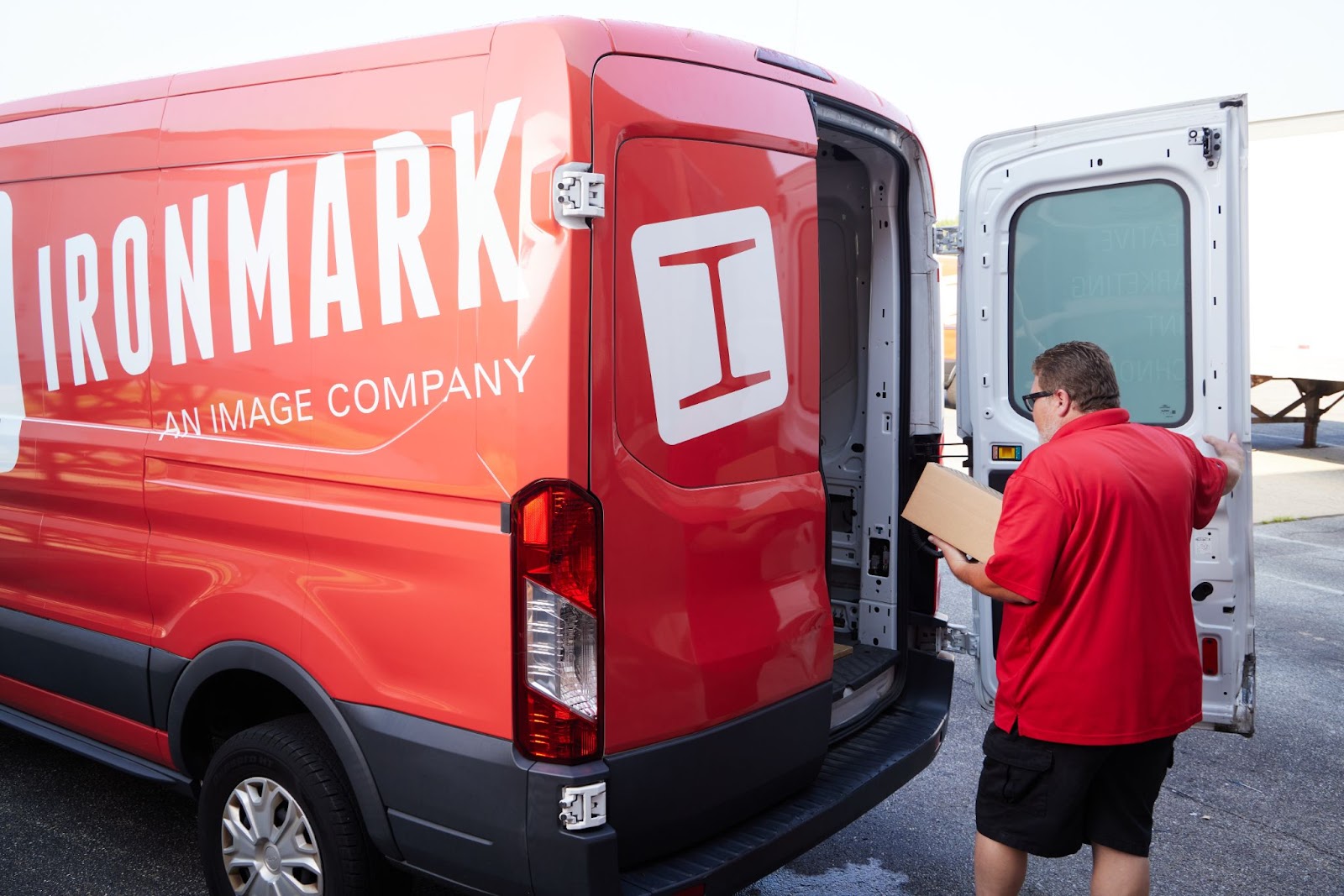You’ve heard it at athletic events, in important presentations, and throughout your life—the common prodding to “Finish Strong.” As an e-commerce business, this advice couldn’t be more important. It’s critical to provide your customers with an exceptional experience from start to finish. This means ensuring that your back-end order fulfillment process is just as good as your front-end e-commerce solution, from the order picking, through the order and inventory management, to outsourcing, customer service, and of course your shipping strategy. If any of the links in this chain are weak, the right product may not be delivered to the right person at the right time, and you’ll run the risk of losing a valuable customer. To finish strong, you must optimize order fulfillment.
We’ve gathered the most important strategies to improve your order fulfillment and make the entire process an enjoyable one for your customers—and a profitable one for your business. Here’s how it works.
Related: How to Get Started with an E-Commerce Storefront.
What is Order Fulfillment?
Order fulfillment is a workflow through which your product will move from your facility or the warehouse to the customer’s address. This term is a broad one and can take on different meanings for different types of businesses. For most e-commerce businesses, it generally follows these steps:
- Receive Order: In an e-commerce business, the customer fills their virtual cart, fills out their address and payment information, and submits their order. This action triggers the next step, which is….
- Process Order: Using the e-commerce platform, the customer pays via credit card, PayPal, bank account, or some other type of designated payment system, and the order is sent to the fulfillment phase.
- Notify Customer: An email is automatically generated by the e-commerce platform and sent to the customer to let them know that their order has been received and is currently being processed.
- Send Fulfillment Request: Through this same system, the stockroom, warehouse, or third party fulfillment (3PF) or third party logistics (3PL) company receives the order.
- Pick Order: The order is picked by a human or a programmed, robotic system.
- Pack Order: The order is carefully packed in protective packaging to keep it safe through shipping.
- Ship Order: The order is shipped; if a tracking number is being used, it will be generated. The customer will receive an automatic email alerting them to the estimated time of arrival and provide a tracking number so they can follow its progress.
- Enjoy Opening Day! The customer receives and opens up the package, and the order is considered fulfilled (and so is your customer!).
Related: Inside the Box: Unpacking the Subscription Box Phenomenon.
How to Improve the Order Fulfillment Process
You’ve got the steps down. Now let’s make them as fluid and customer-friendly as possible. Here are some tried and true strategies to improve the order fulfillment process:
- Pick the Best Warehouse Locations: Know where the majority of your customer base is, and keep warehouses close to assure affordably priced ground shipping. You can leverage smart shipping algorithms to determine the most cost-effective way to both meet customer expectations and not pay too much.
- Pick the Best Fulfillment Center: See if they can provide quick-picking services. Will they store your items for long periods of time at low costs? Also, make sure that they have an order management system (OMS) that’s consistent with yours and keeps all orders visible (including availability, quantity, location of items) every step of the way—through the catalog, to inventory fulfillment, to order fulfillment. Known as end-to-end visibility, this will also allow customers to understand what is in stock too.
- Pick the Best Shipper: Usually your fulfillment center will handle this piece through their relationships. If you’re doing the shipping, you’ll need to ensure that your shipping company offers reasonably fast shipping at affordable rates, and that they’re trustworthy and reliable. Do they ship on time and offer real time shipping information? Can they handle fragile or oversized packaging? Are they adept at shipping objects without causing breakage or losing them? Consider all of these factors so that you can deliver on your promises to your customer.

- Set Up Exception-Based Order Management: This is next level customer service. If an order is delayed, your customer’s shipping can automatically upgrade to the original time of arrival. Even though you’ll pay extra, you’ll gain a very satisfied customer, which is worth much more.
- Organize: With every product in its correct place, a warehouse or stockroom can be exceedingly efficient. Comb these areas for improvement. Use logical stocking locations and labels wherever possible. Keep inventory updated up to the minute. Not only does this improve overall efficiency, but good organization can deter or prevent theft as well.
- Keep your Entire House in Order: On that note, check in regularly to make sure that your fulfillment solution is working well so you don’t frustrate customers. Ensure that the orders are flowing instantaneously to your stockroom or warehouse. It’s always helpful to do a regular audit and also get information from employees to ensure that all fulfillment processes are running smoothly.
- Keep It Consistent: From the first moment your customer interacts with your website until they receive your product (and afterward), make sure you’re providing a consistent experience and all employees know and abide by the same process.
- Talk To Customers (and all Partners) Throughout the Fulfillment Process: Whether they’re new or old customers, everyone likes to be aware of where their purchase is. It’s essential to inform your customer of their product’s status every step along the way, as outlined in the order fulfillment steps above. They need to know that their order was received, is being processed, is getting shipped, and has arrived (although a doorbell often precedes that text or email). You can utilize an on-demand software system that gives them insight at their fingertips. This is important for all partners too, from warehousing to fulfillment to shipping. Transparency is key.
- Handle Returns Well: Check with your suppliers that they can take returns and don’t charge for restocking. As an e-commerce store, treat returns just like sales and fulfill them quickly with great customer service.
- Ask Your Customers How You’re Doing: Want to know one of the best ways to ensure that your order fulfillment process is working? Check with your customer. Don’t be afraid to provide a survey or questionnaire. Sometimes companies have blind spots that customers can help them fix.
Do you have an order fulfillment process that you’d like to make more efficient? At Ironmark, we’ve been providing printing fulfillment services for decades. We work with many customers who use e-commerce to successfully grow their business too, and would be happy to help you make yours even more effective. Talk with us today to finish strong!




